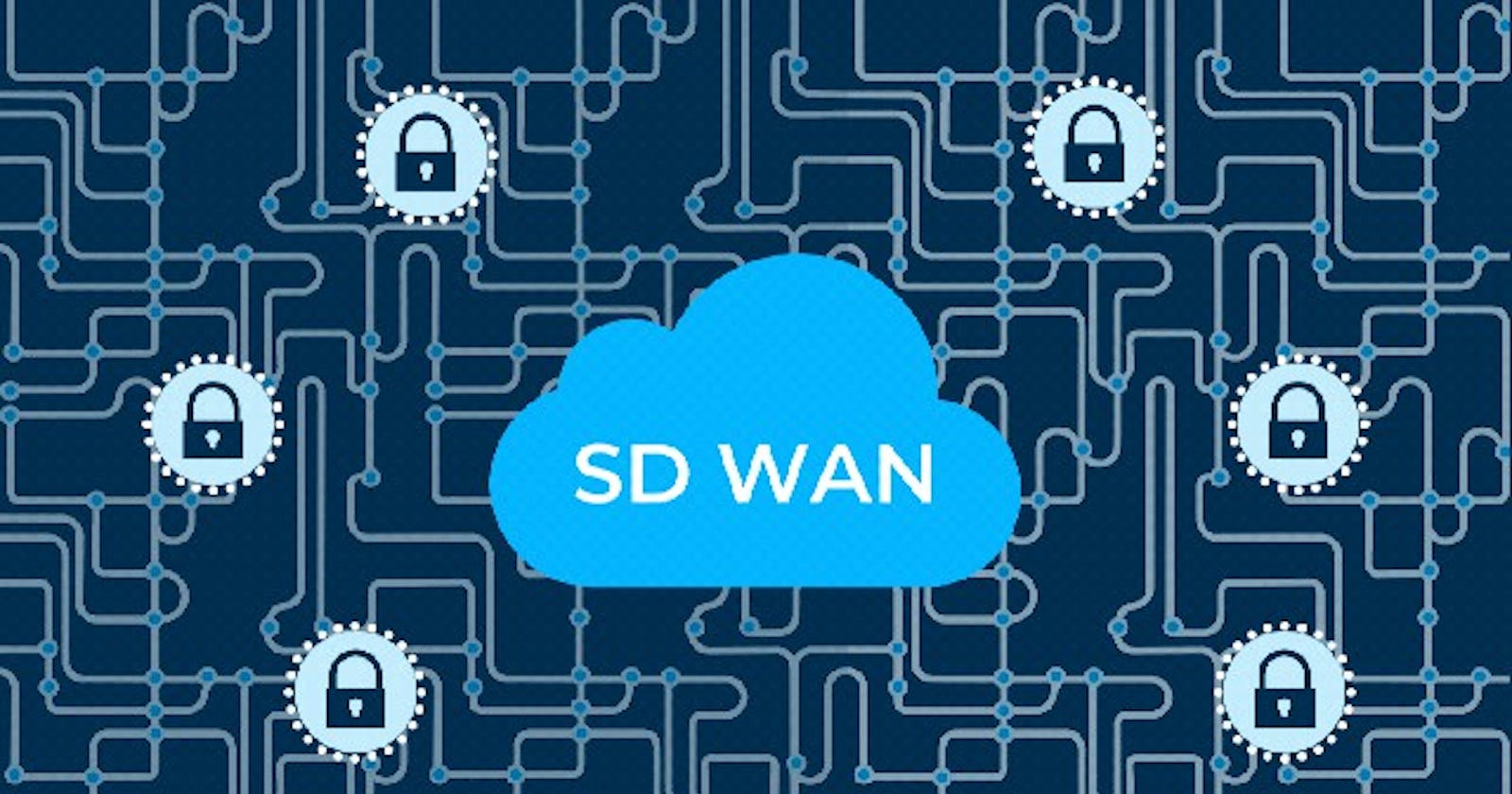The emergence of SD-WAN technology has ushered in a new realm of possibilities for enterprise networks, particularly in the realm of connectivity options. Through SD-WAN solutions, enterprises can select the most suitable connection types based on their specific needs, striking a balance between performance optimization and cost-effectiveness. Let's delve deeper into the various line types supported by SD-WAN.
Internet Links:
Internet links represent a common choice, encompassing a variety of connections such as broadband, fiber optics, and DSL. These internet connections typically offer lower costs and are suitable for general enterprise applications and daily office needs. However, it's essential to note that the instability of the internet may impact network performance, necessitating careful consideration when using them.
Private Links:
On the other hand, private links offer a higher performance and reliability option. These lines include MPLS and leased lines, albeit at a relatively higher cost. For enterprises with stringent network reliability requirements, private links are worth considering. The stability and controllability of private lines make them an ideal choice for critical business operations and sensitive data transmission.
LTE/4G/5G Connections:
Mobile network connections such as LTE/4G/5G provide enterprises with flexibility and emergency backup options. Especially in cases of primary network failures or the need for rapid network deployment, mobile network connections can swiftly offer temporary solutions, ensuring business continuity.
Hybrid Connections:
SD-WAN also supports hybrid connections, allowing different line types to be combined. Through intelligent load balancing and routing decisions, hybrid connections optimize traffic and enhance fault tolerance. This flexibility enables enterprises to select the most suitable connection type based on specific application requirements and geographic locations, maximizing network performance and user experience.
IPv6-supported Connections:
With the proliferation of IPv6, more SD-WAN solutions are beginning to support IPv6 connections. This reflects the trend of future network development, enabling enterprises to better adapt to changes and developments in future network environments.
Multi-Carrier Connections:
In addition to the aforementioned types, multi-carrier connections are a highlight of SD-WAN solutions. Enterprises can collaborate with multiple internet service providers and carriers to ensure optimal connection performance across different geographic regions or countries. This diversified collaboration enhances network reliability and stability, reducing risks associated with single suppliers.
In conclusion, the connectivity diversity offered by SD-WAN solutions provides enterprises with more flexible, reliable, and efficient network solutions. When selecting specific solutions, enterprises need to consider their business needs, budget constraints, geographic locations, and thoroughly understand the characteristics and applicable scenarios of various connection types. This maximizes the advantages of SD-WAN technology, driving the upgrade and development of enterprise networks.
Feel free to reach out to Ogcloud, where our team of advanced network architects is ready to provide you with tailored SD-WAN solutions!
Contact us: SDWAN,International network,It outsourcing,Cloudphone,OgCloud
